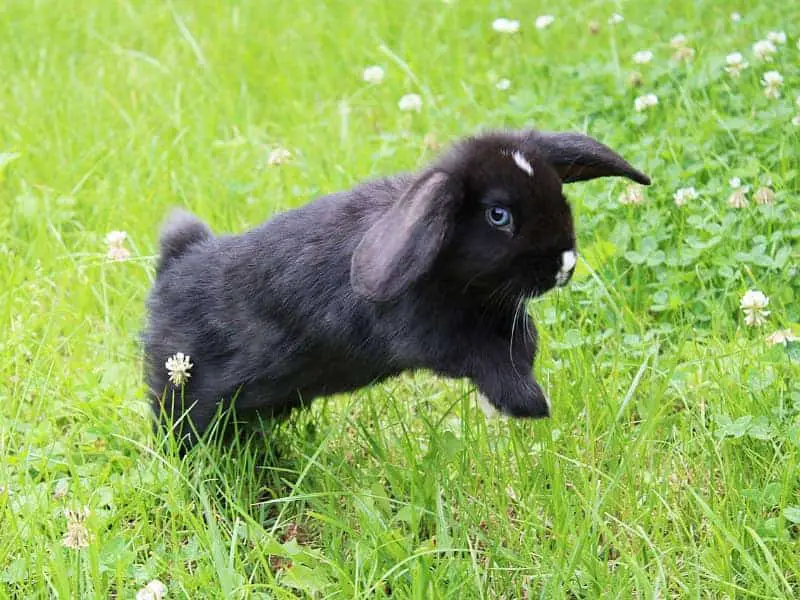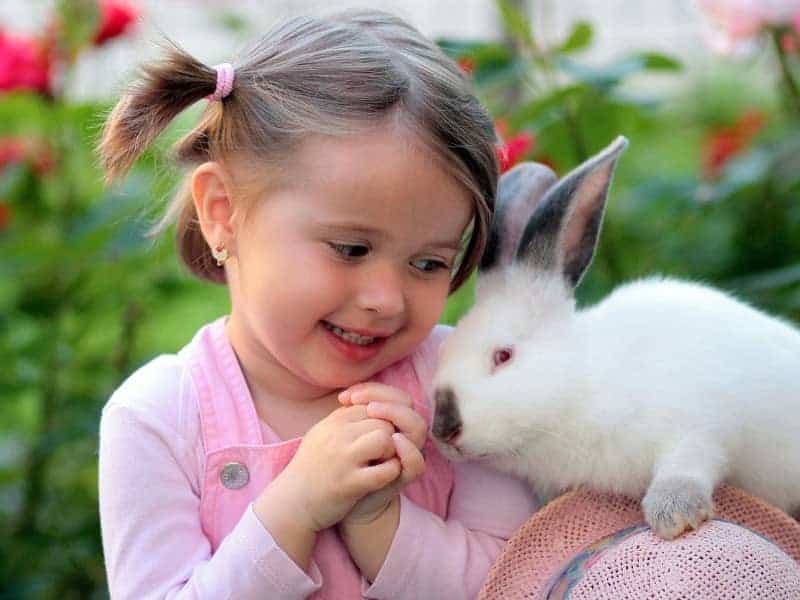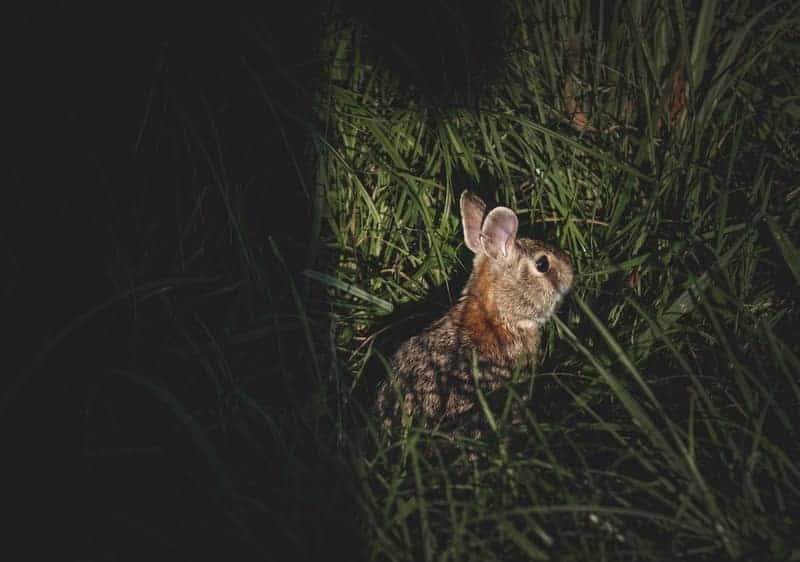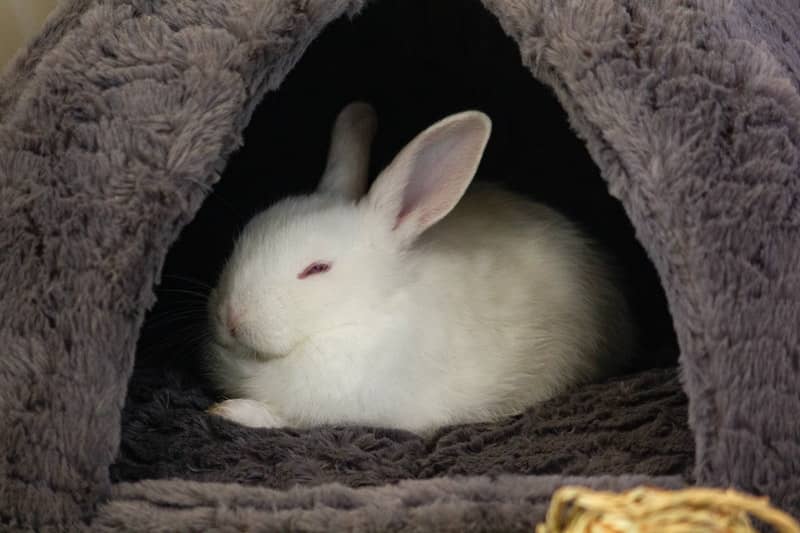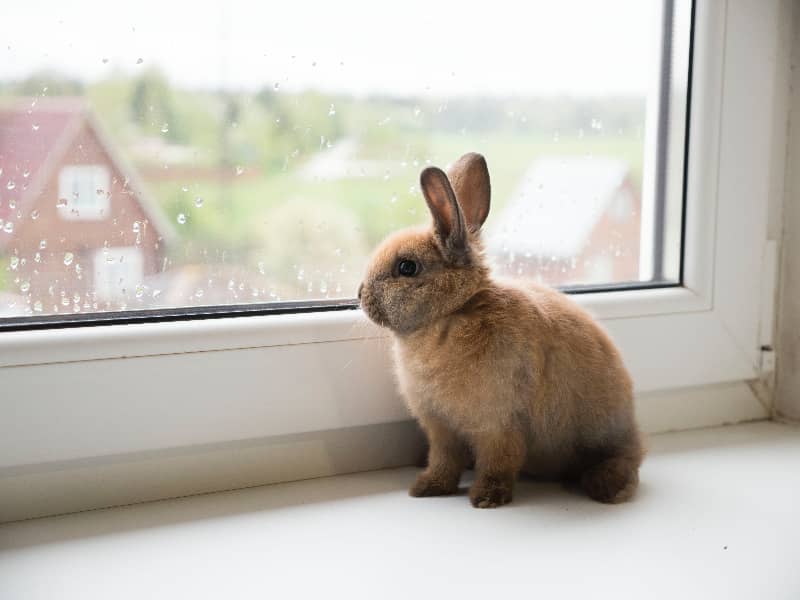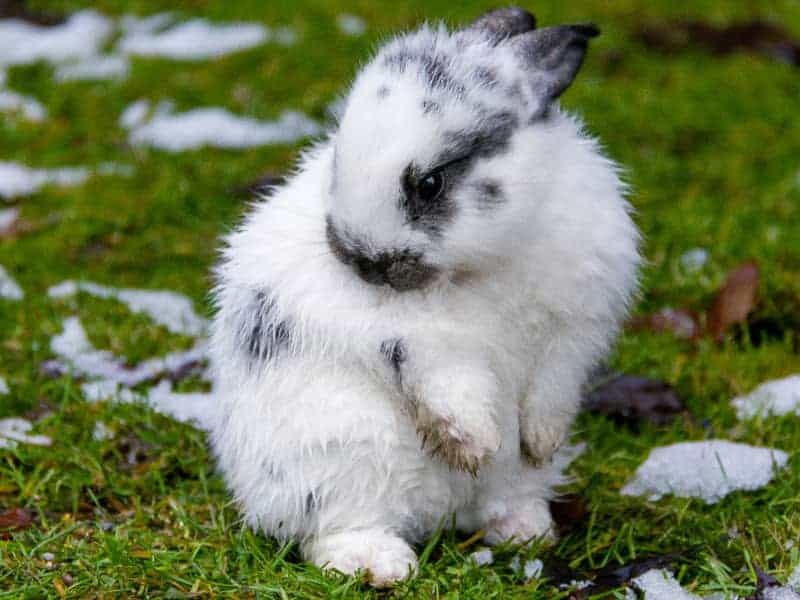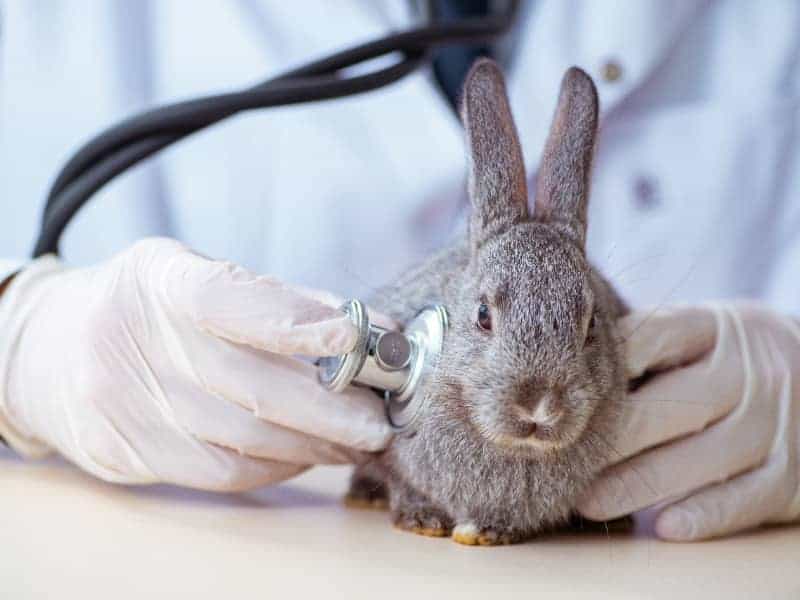
Can rabbits have fleas?
Rabbits belong to the group of rodents, these animals often have parasites and therefore rabbits can have fleas. Fleas themselves are not dangerous parasites and can be removed relatively quickly from most rabbits. We will tell you what you need to do so that your rabbit can enjoy its life without parasites.
Rabbit fleas, these diseases can be transmitted
Fleas on rabbits can transmit a number of diseases. These include papillomatosis, tularemia and myxomatosis. These are the three most common diseases transmitted to rabbits by fleas. Here is a brief description of the individual diseases.
Tularemia is a bacterial infection and leads to ulceration. After infection by a flea, it takes about 3-5 days for a small painless ulcer to form on the infected area. Accompanying symptoms are fever, aching limbs and swelling of the lymph nodes. Depending on the severity of the infection, vomiting, diarrhea and pain in the abdomen may also occur.
Tularemia is treated with antibiotics and can be treated very well if detected in good time.
Papillomatosis is a viral disease and also leads to growths. These growths are usually found in the rabbit's anus and rectum, as there is less hair there. Sometimes these growths are also in the oral cavity, where the rabbits usually show no conspicuous behavior. In the area of the excretory organs, however, the rabbits usually lick themselves sore.
Papillomas usually heal on their own within a few weeks. However, if it takes longer for the rectum to heal, surgical removal may be necessary.
Myxomatosis
Myxomatosis is also a virus and is similar to smallpox as it used to occur in humans. However, it only affects rabbits and, in rare cases, hares. The first symptoms appear around 4-10 days after infection, including redness of the eyes/conjunctivitis and swelling of the eyelids. A short time later, swelling, inflammation and nodules also appear on the rest of the body.
A concomitant symptom is fever and often an infection of the respiratory tract. At an advanced stage, the animals have problems breathing and swallowing. As a result, they reduce their food intake until they completely refuse to eat. Curing this disease is difficult and involves a great deal of effort. You can find more information about this disease here.
How do rabbits get fleas?
Fleas are usually brought into the household by other carriers. Rabbits that have an outdoor enclosure can, however, also get fleas from wild animals outside. The most common way rabbits get fleas is from cats. This is the so-called cat flea. However, there is also a rabbit flea, which is very rare in pets and almost exclusively infest field hares.
The rabbit flea is the more dangerous of the two fleas, as it almost exclusively transmits myxomatosis. Fortunately, it is rarer than the cat flea, which transmits less dramatic diseases.
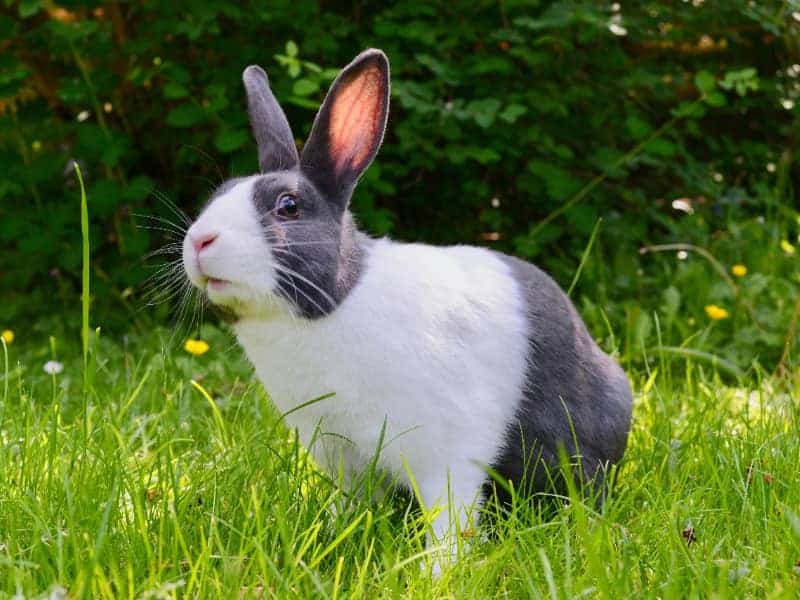
How to tell if your pet has fleas
Sooner or later, a flea infestation will cause itching due to flea bites. The animals then scratch or even bite themselves in these places. If you have a trusting rabbit, you can examine it yourself first. By examining the skin carefully and thoroughly, you may be able to see the bites as small red dots. You can often see the fleas with the naked eye.
If this is the case, you must go to the vet immediately and use a flea product that has been specially developed for rabbits. Never use flea products designed for dogs or cats. These often have different ingredients and are designed for the body of dogs or cats.
What to do if the rabbit has fleas?
If the flea infestation is confirmed, you should also treat all other animals in your household, such as dogs and cats, with flea medication. This is because it is usually not rabbits that are the carriers, but dogs and cats. It makes sense to treat these two animal species regularly against fleas. You should also clean your entire household.
All upholstered furniture and carpets should be thoroughly vacuumed several times with a powerful vacuum cleaner to remove all fleas. If the flea infestation is particularly severe, we recommend the use of flea powder. It is also important that the rabbit enclosure is thoroughly cleaned and, if possible, disinfected. If you use disinfectant, make sure that no residues remain that could poison your rabbit.
Author

-
Garden animal - A life with nature
Welcome to my animal blog! My name is Dirk and I am happy to take you on my journey through the fascinating world of animals and gardening.
Born 54 years ago, I have had an insatiable curiosity for the animal world around me since childhood. Although I have moved professionally in other industries, my true passion has always been animals and nature. It is remarkable how a small garden has become such an important part of my life.
Many of my fondest memories are associated with the animals that share our home. Whether it's the curious squirrels that scurry across the trees in the morning, the colorful variety of birds that visit our feeders, or the busy bees and butterflies that pollinate our flowers, every moment with them is invaluable to me.
This blog is my contribution to share my experiences, discoveries and insights with like-minded people. Here I will share stories of unforgettable encounters with animals, give tips on gardening and creating wildlife-friendly habitats, and take you on my journeys through nature.
Thank you so much for being here!
Cordial,
Dirk aka garden animal
Last posts
- 27. February 2024PetsVeganes Hundefutter – Grün und Gesund?
- 18. January 2024ChickensOregano für Hühner
- November 27, 2023HamsterDiurnal hamsters
- November 24, 2023HamsterHamster hammock

